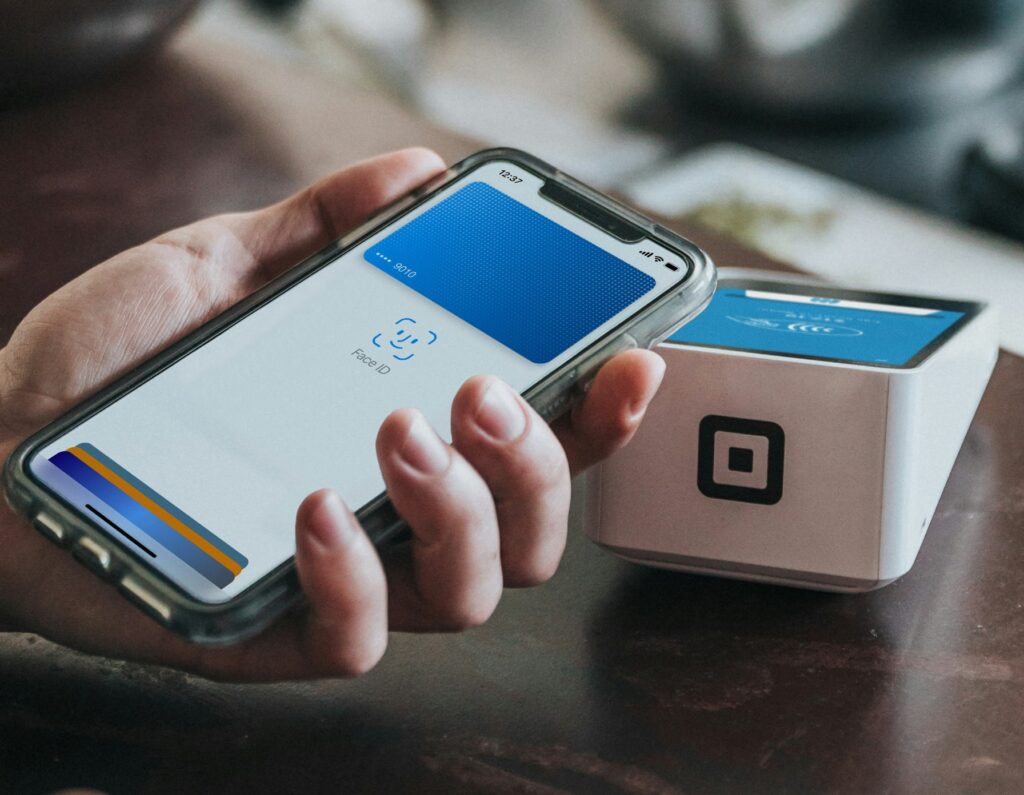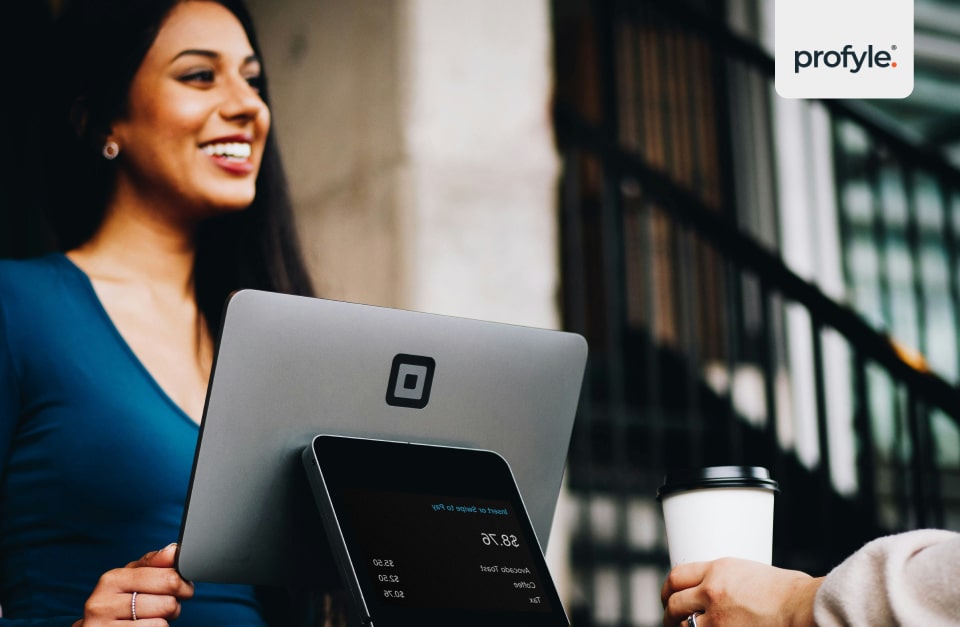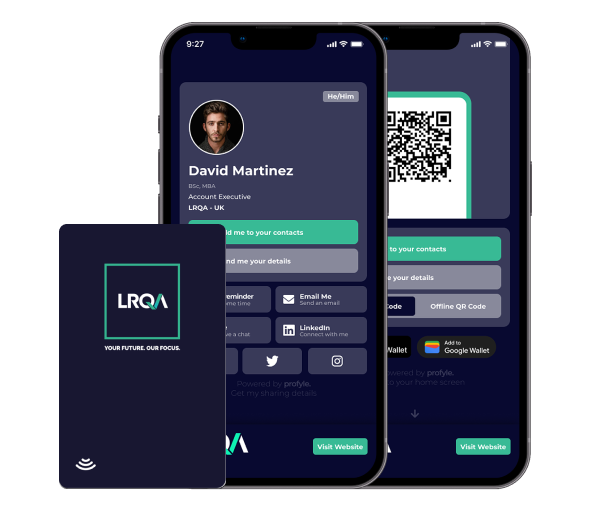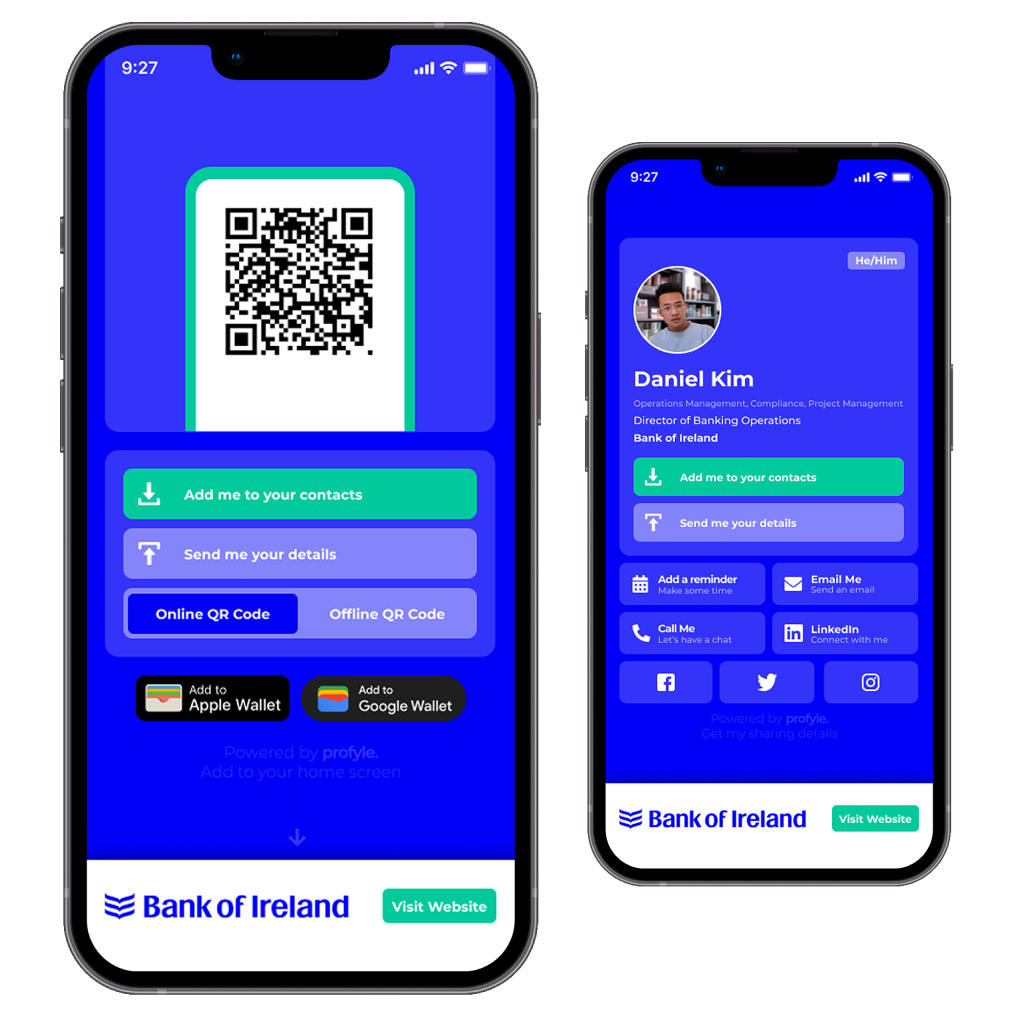
Did you know that more than 98% of smartphones use NFC today? With billions of NFC-enabled phones out there, that means 30%+ of the world’s population now enjoys the convenience of NFC technology.
Ever marvelled how you can pay for your coffee by tapping your phone? Or how you can unlock doors with a simple wave? The magic behind these conveniences is called NFC, or Near Field Communication.
 NFC is a short-range wireless technology. Meaning, when you place your phone and another device close together, it allows them to exchange small bits of data. Here are the three facts you need to know:
NFC is a short-range wireless technology. Meaning, when you place your phone and another device close together, it allows them to exchange small bits of data. Here are the three facts you need to know:
NFC allows your phone to serve as a transit pass, credit card, or hotel room key. It powers contactless payments, digital keys, and quick data transfers between devices. A tiny, invisible bridge linking your phone to the world. It makes daily tasks easier and more enjoyable.

NFC works by using radio waves to communicate between devices. When two NFC-enabled devices, such as your phone and a payment terminal, get close, they can share data. This usually happens within a few centimetres. This happens so quickly that it feels almost instantaneous.

Here’s a simple breakdown:
Initiator and Target: One device (the initiator) creates a small radio frequency field. The other device (the target) can draw power from this field, even if it doesn’t have its own power source.
Data Exchange: The devices exchange information, like payment details or digital keys.
Action: The data triggers an action, like completing a payment or unlocking a door.
A quick chat between devices, where one says, “Hey, here’s my info!” and the other responds, “Got it, thanks!”

You might be wondering, “Should I keep NFC on all the time?” The answer depends on how you use your phone. If you often use contactless payments or digital keys, keep NFC on. It’s convenient and saves you the hassle of turning it on every time you need it.
But, if you’re concerned about battery life or security, you can turn NFC off when you’re not using it on Android phones and older iPhones before the iPhone 12. Just remember to switch it back on when you need to make a payment or use a digital key.
Pro-Tip: On the latest iPhones, NFC is always on, and you cannot turn it off.
Using NFC on your phone is easy. Here’s how:
Enable NFC: On Android, go to Settings > Connected Devices > Connection Preferences > NFC. Toggle it on. On iPhones newer than iPhone 12, NFC is always on and cannot be turned off. On iPhones between iPhone 7 and 11 go to Settings > Wallet & Apple Pay.
Choose a Payment App: Select your preferred payment app, like Google Pay or Apple Pay.
Tap to Pay: Hold your phone near the payment terminal until you see a confirmation message.
It’s that simple! No more fumbling with cards or cash.

One of the coolest uses of NFC is digital business cards, like those from Profyle. With a Profyle card, you can share your contact information with a simple tap. No more handing out paper cards or typing in details manually.
Here’s how it works:
Create Your Card: Set up your digital business card with Profyle.
Tap to Share: Just hold your phone close to the other person’s phone. Your contact info will transfer right away.
Stay Connected: The recipient can save your details directly to their contacts.
It’s a modern, eco-friendly way to network. Plus, it’s a great conversation starter! Ready to try it out? Sign up for a Profyle Card account for free here.


NFC is generally safe to use on your phone, but like any technology, it has its risks. The good news is that NFC’s short range makes it harder for hackers to intercept your data. However, it’s still important to take some precautions:
Keep Your Phone Secure: Use a strong passcode or biometric authentication. This helps protect your phone.
Use Trusted Apps: Stick to well-known payment apps and services.
Turn Off NFC When Not in Use: If you’re not using NFC, turn it off to reduce the risk of unauthorized access.
Skimming is a concern with any wireless technology, including NFC on your phone. Skimming happens when someone uses a device to read your NFC data without your knowledge. To protect yourself:
Be Aware of Your Surroundings: Keep an eye out for suspicious activity when using NFC on your phone.
Use RFID-blocking cases. They help stop unauthorized access to your NFC data.
Monitor Your Accounts: Regularly check your payment accounts for any unusual activity.

NFC on a phone itself doesn’t use much battery, but keeping it on all the time can add to your phone’s power consumption. If you’re worried about battery life, you can turn NFC off when you’re not using it. Some phones also have settings to manage NFC power usage, so check your device’s options.
If NFC on your phone is off, you won’t be able to use contactless payments or other NFC features. Like opening a door without the key — it won’t work. So, if you rely on NFC for payments or digital keys, make sure to keep it on.

NFC does more than just payments. Here are some of its uses:
Digital Keys: Use your phone to unlock doors, cars, or even hotel rooms.
Data Transfer: Quickly share photos, contacts, or other data between devices.
Smart Home Control: Control smart home devices with a tap.
Public Transport: Use your phone as a transit pass.
Most modern smartphones, including iPhones and Android devices, have NFC. To check if your phone has it, look in your settings under “Connected Devices” or “Network and Sharing.” If you see an option for NFC, your phone supports it.

Tapping with NFC is easy:
Enable NFC: Make sure NFC is turned on in your phone’s settings.
Hold Devices Close: Bring the two devices close together (within a few centimetres).
Wait for Confirmation: Look for a message or sound confirming the connection.
Yes, NFC works without an internet connection. It relies on short-range radio waves, not Wi-Fi or mobile data. This makes it a reliable option for contactless payments and other uses, even when you’re offline.
NFC technology is here to stay, and it’s only getting better. More devices and services are using NFC. This means we will see new uses, like smart home control and digital IDs. With Profyle Digital Business Cards, you stay ahead. NFC makes networking easier and more fun.
Profyle NFC Business Cards are a perfect example of how NFC on your phone can make your life easier. With a simple tap, you can share your contact information, social media links, and more. It’s a modern, efficient way to stay connected.
Ready to join the future of networking? Sign up for a Profyle Card account for free here.
NFC technology is changing how we interact with the world. Better yet, it simplifies our lives. It connects us through digital business cards and smart home control. So, embrace the tap, and see where NFC can take you!
Q1: What does NFC stand for, and what does it do?
A: NFC stands for Near Field Communication, a technology that enables short-range wireless communication between devices.
Think of NFC as a digital handshake. It allows devices to exchange information simply by being close together, typically within a few centimeters. This contactless technology powers mobile payments (like Apple Pay), data transfer, and access control. Unlike Bluetooth, NFC doesn’t require pairing or device discovery, making it incredibly fast and convenient for everyday transactions. In the context of Profyle Card, NFC lets you instantly share your professional profile with a single tap.
Q2: How does NFC work on my phone?
A: NFC works by using electromagnetic radio fields to transmit data when two NFC-enabled devices are in close proximity.
Your phone has a tiny NFC chip and antenna, which, when activated, create a small electromagnetic field. When you bring your phone close to another NFC device (like a Profyle Card), the two devices can communicate. This communication happens almost instantaneously, allowing you to quickly share information or initiate a transaction. This seamless interaction makes NFC ideal for fast, secure exchanges, eliminating the need for physical contact or complex setup processes.
Q3: Do all phones have NFC?
A: Most modern Android smartphones and iPhones (iPhone 7 and later) support NFC, but it’s not universal.
To check if your phone has NFC, go to your device settings and look for “NFC,” “Connections,” or “Wireless & Networks.” If you see an NFC option, it’s enabled. If not, consult your phone’s specifications online. While NFC is becoming increasingly common, some budget or older models may lack the feature. The good news is, even without NFC, you can still use the QR code on a Profyle Card to share your information.
Q4: How is NFC used in digital business cards like Profyle Card?
A: With Profyle Card, NFC enables you to instantly share your digital profile with a single tap to another compatible phone.
Instead of handing out paper cards, you simply tap your Profyle Card to another person’s smartphone. This instantly transmits your contact information, social media links, and professional details. It’s quick, contactless, and eco-friendly. Plus, it ensures your contacts always have your latest information. For professionals looking to make a modern, sustainable impression, Profyle Card’s NFC capability is a game-changer.
Q5: Is NFC safe to use?
A: Yes, NFC is designed to be secure because it only works over very short distances (a few centimeters).
This proximity requirement minimizes the risk of eavesdropping or unauthorized access. Additionally, NFC transactions often require confirmation on your device, adding another layer of security. When using Profyle Card, you control exactly what information is shared, ensuring your personal details remain private until you choose to share them. NFC technology is used safely every day for millions of transactions worldwide.
Q6: Can I use Profyle Card if my phone doesn’t support NFC?
A: Absolutely! Profyle Card includes a QR code that allows anyone with a smartphone camera to access your profile instantly.
Even if your phone lacks NFC, simply scan the QR code on the card using your camera app. This opens your digital profile in a web browser, providing access to all your contact information and social links. The QR code ensures universal compatibility, making Profyle Card accessible to everyone, regardless of their device’s NFC capabilities.
Q7: Why is NFC better than other sharing methods like Bluetooth or QR codes?
A: NFC offers a faster, more convenient, and more intuitive sharing experience than Bluetooth, with the fallback of QR codes for older devices.
NFC eliminates the need for pairing devices or discovering networks, making it quicker and simpler than Bluetooth. Unlike QR codes, NFC provides a seamless, tap-and-go experience that feels more modern and professional. Plus, NFC is inherently more secure due to its short-range communication. While QR codes offer broader compatibility, NFC provides a superior user experience for those with NFC-enabled devices. The combination of both technologies in Profyle Card ensures the best of both worlds.
Sign up for our free 45-day trial and experience the future of networking today. Embrace efficiency, embrace sustainability, embrace the future with Profyle Card.
Don’t forget to follow us on LinkedIn, Instagram and Twitter
Copyright © 2025 Profyle Card Ltd. – Registered in England and Wales with company number 12973729.
Business address: 16 Cole Street, London, SE1 4YH, United Kingdom. VAT registration number: GB424998061